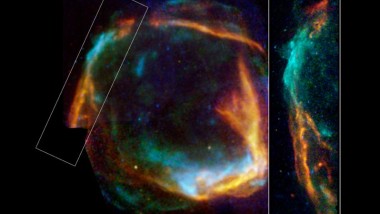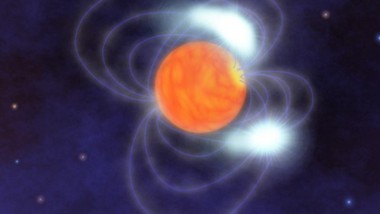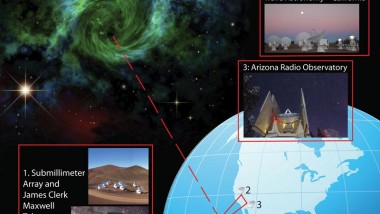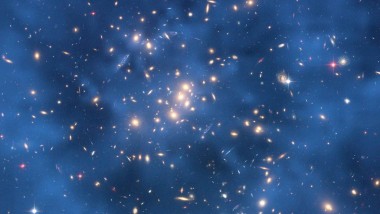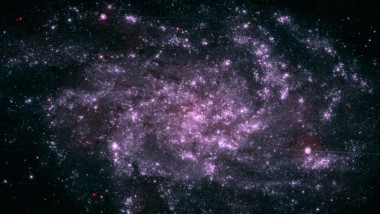Researchers from the Astronomical Institute at Utrecht University have been observing the Milky Way’s particle accelerators. Using data from NASA’s Chandra X-Ray Observatory and European Southern Observatory’s (ESO) Very Large Telescope, the researchers have determined that cosmic rays from our ...
Dark Matter Structures in the Milky Way Resolved
Cosmologists from the US and Switzerland were able to resolve dark matter structures in the Milky Way. Using a computer simulation, the team was able to detect dark matter sub-halos and streams contained within the dark matter halo engulfing our ...
Visible Spectrum Magnetar Detected
Scientists at the Max Planck Institute for Extraterrestrial Physics have detected what seems to be a magnetar. What makes this discovery unique is that the object observed emitted radiation in the visible part of the spectrum, not in the x-ray ...
A Close Look at the Black Hole in the Milky Way
An international team of astronomers, led by an MIT astronomer, have observed the sharpest resolution images to date of the black hole at the center of the Milky Way. They used a combination of radio wave emissions captured by telescopes ...
Dark Matter is Denser in the Solar System
Dark Matter is a ubiquitous and mysterious type of matter that comprises about 23% of the energy density of the universe, much more than the 4% accounted for by the visible and more familiar matter known as baryonic matter. The ...
Triangulum Galaxy
Combining 39 individual frames taken over 11 hours of exposure time, NASA astronomers have created an ultraviolet mosaic of the nearby “Triangulum Galaxy.” This is the most detailed ultraviolet image of an entire galaxy ever taken. The images were captured ...

